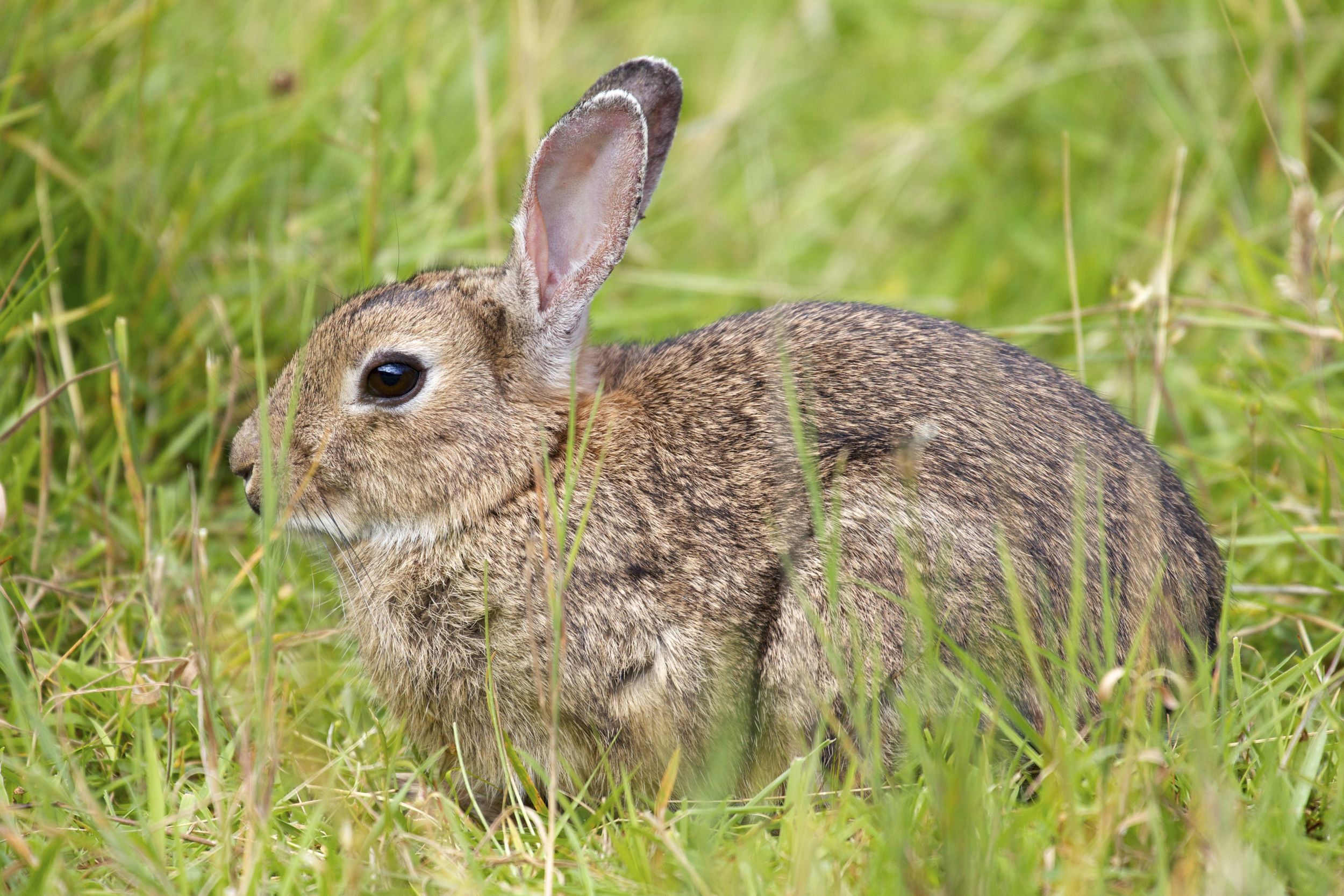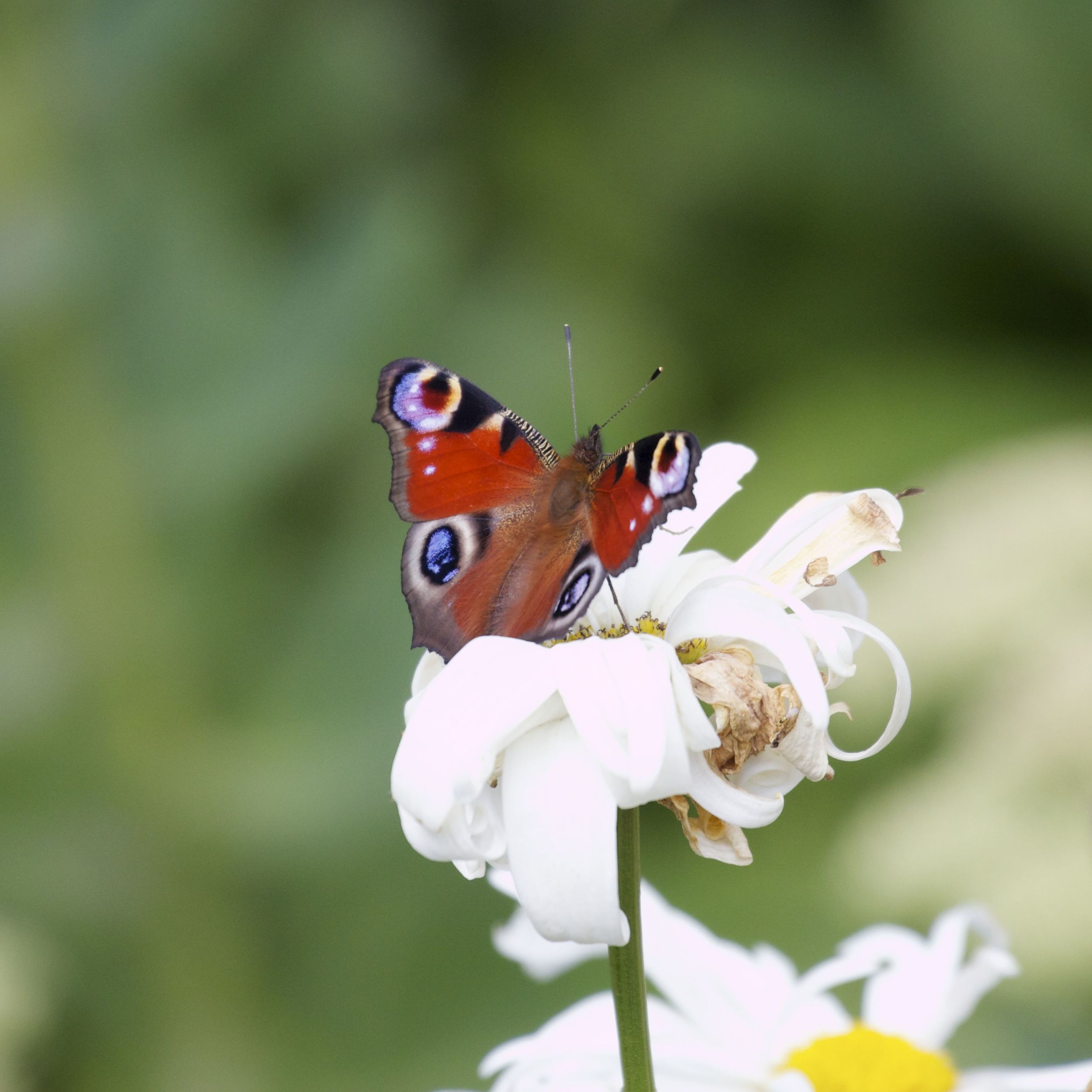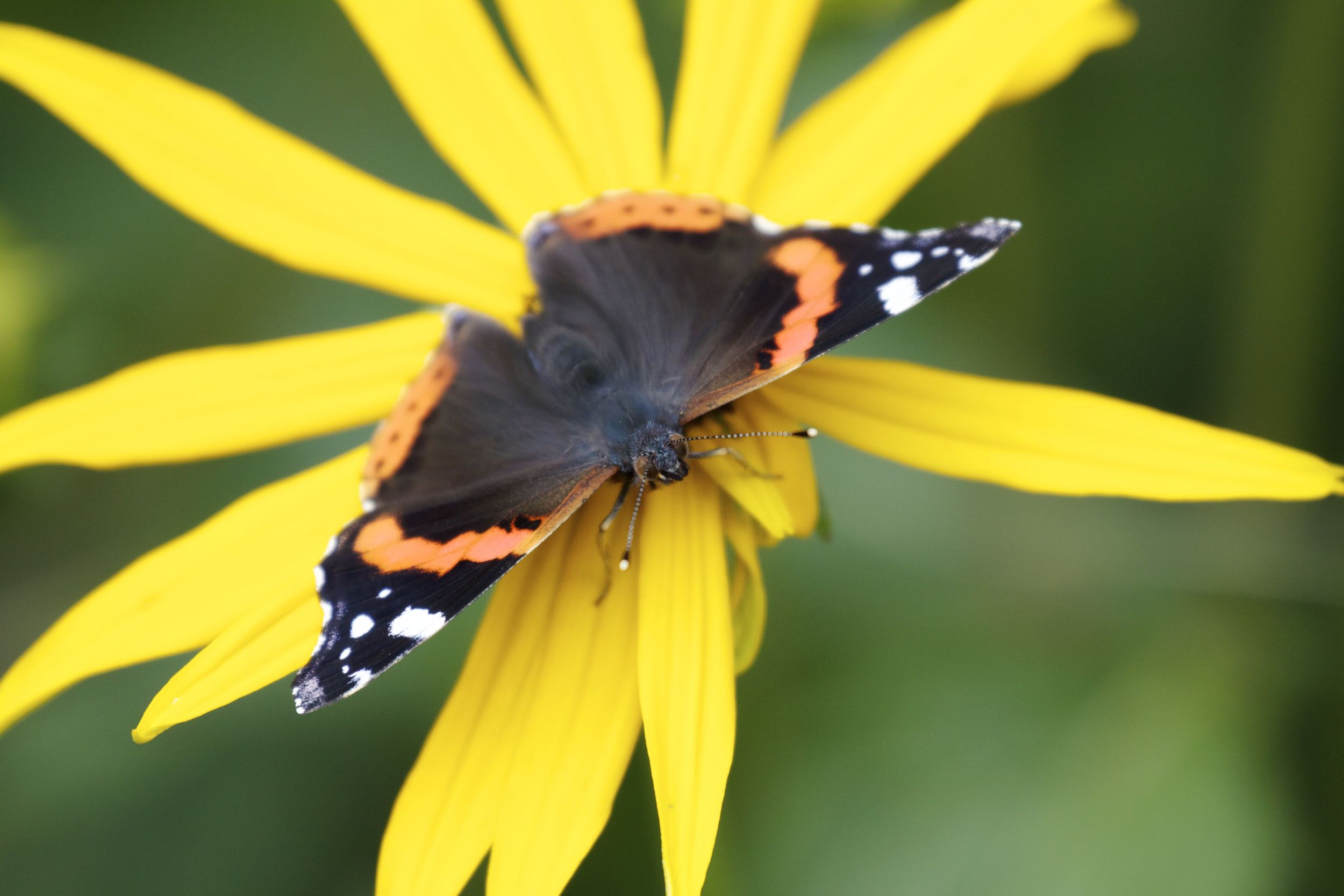Not entirely about whisky
/Thistles, Lochwhinnoch, Scotland
Having a brief trip to England the year before, I thought I knew what to expect of Scotland. However, I had much more time in the countryside than I did in England and got to see some spectacular sights.
The Isle of Arran became our home for a week. This, the largest island in the Firth of Clyde, is around 430 km square and it only takes a few hours to drive around the circumference. It is often referred to as Scotland in miniature, and rightly so. Sandy beaches fringe the island while craggy peaks adorn the centre. Red Deer (Cervus elaphus) calmly grazed beside the roads and on the golf course while Golden Eagles (Aquila chrysaetos) wheel in the updrafts above the Arran Distillery on the outskirts of Lochranza. White-throated Dippers (Cinclus cinclus) puddled about in the clear streams of Whiting Bay, behaviour that was surprisingly reminiscent of a Platypus. Red Squirrels (Sciurus vulgaris) scampered easily through the woodlands, free from the harassment of the Grey Squirrels that are both introduced and common on the mainland. Heather and gorse stained the hillsides purple before the bare granite rock took over and reached steeply for the sky. Northern Gannets (Morus bassanus) dove with forceful precision into the ocean, fishing in shoals below the surface. And every day the tide fell and rose to crash into the sea wall.
Narrow roads circle the island, with only a couple crossing its breadth. Little footpaths wound into the dense greenery sporadically from the road, hinting at numerous nature walks, while a large pile of granite stones atop a hill formed the Giants Graves, a reminder of the expanse of human history on the island. Quiet villages dot the island, and on the whole Arran was a gorgeous holiday spot.
But the joys of Arran did not prepare me for the magnitude of the Scottish Highlands. Even in the tail end of summer, snow topped the mountains and the views from the top of Cairngorm Mountain were hidden by dense cloud. The roads were narrower, more winding, and often completely lined with tall, dense hedges. But Red Squirrels still danced along stone walls, leaping into the trees with such grace. I may have glimpsed a Red Deer, but it was actually a small group of Reindeer (Rangifer tarandus) that provided the ungulate close encounter.
Reindeer, Cairngorms National Park, Scotland
A pair was quietly grazing beside the road and barely lifted their heads as the car pulled up nearby and two people leapt out clutching cameras. We approached slowly, ignoring the biting wind, expecting them to flee at any moment. But they posed beautifully for us, and were even joined by another four who approached us voluntarily with concerning speed and confidence. It turns out that there is a semi-tame, free-range herd that roams the Cairngorm Mountains. There is even a place where you can hand feed and pat them, which explains why we did not concern them. While they were not exactly wild animals, the experience was still impressive.
Speaking of impressive, I was once again amazed by how well set up the RSPB (Royal Society for the Protection of Birds) reserves are. There really just isn’t anything like them in Australia. Staffed by knowledgeable and enthusiastic people of all ages, they also provide welcoming visitor centres, a plethora of paths, benches and multiple well-maintained hides. The reserve in Lochwhinnoch was no exception. A dedicated photographic hide had strategic shrubs planted to provide clear perches only a few metres away, while still affording great views of the water and reed beds much further away. A butterfly garden was exploding with flowers and the target insects and just a little further down the path was a pond supplied with buckets and nets for dipping exploration. If only this sort of venue caught on in Australia!
Scotland definitely provided a vastly different nature experience than what I have become accustomed to in Alice Springs. Can't wait to go back!















